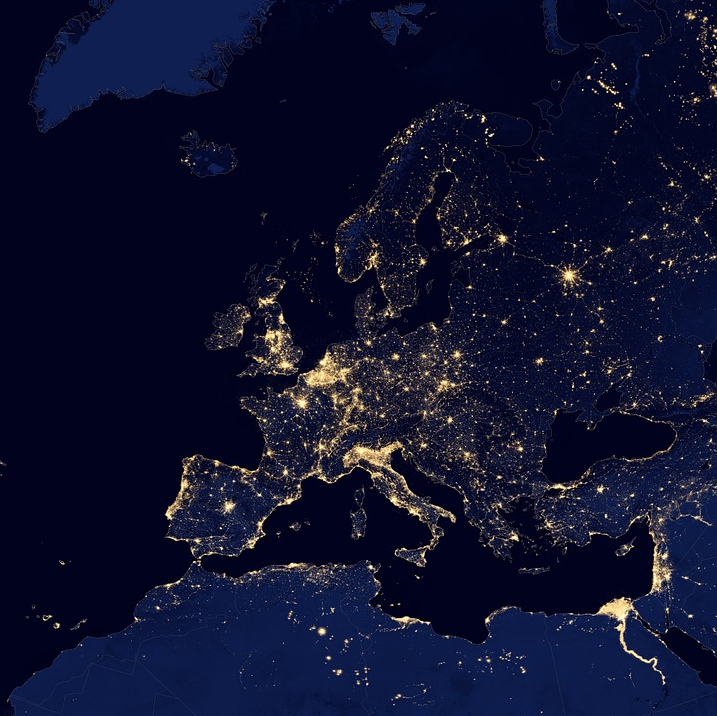
Expectations to the Northern European economy in 2022
2021 was all about recovery after the coronavirus pandemic threw the global economy into a rapid recession in 2020. The European Commission estimates that the EU economy has grown by 5.0 % in 2021, compared to the decline of 5.9 % during the previous year. The expectation is that growth will continue in 2022. In its latest forecast, the Commission estimates a growth rate of 4.3 %, but once again the estimate is based on a very high level of uncertainty as a new mutation of the virus could potentially become a game changer.
March 25, 2022
Following the sudden, rapid recession which struck the global economy in 2020, 2021 was all about recovery. In its latest economic forecast, the European Commission estimates that the EU economy has grown by 5.0 % in 2021, compared to the decline of 5.9 % during the previous year. As the numbers show, the economy has therefore not completely recovered from the effects of the corona virus pandemic, but the 5 % growth is still bigger than the expectation which the Commission had at the beginning of 2021, where the estimated growth for the year was only 4.1 %.
Within the Eurozone, the numbers matched the total for the EU exactly, with a 5.0 % growth during 2021 compared to an expectation of 4.2 % at the beginning of the year. The Commission faced massive uncertainty when projecting their expectations for the year. Keeping in mind that most of Europe experienced a very strict lockdown during the first months of 2021, the European economy has reached an expansionary path faster than what had been expected in the wake of the pandemic and the consequences it had on the European countries.
As expected with an economic growth as fast as we have seen in 2021, employment numbers have also improved. Even though the European Commission had expected that unemployment would continue to rise in 2021 following the rapid increase in 2020, the development has been the opposite. According to the figures in the Commission’s latest report, unemployment within the EU stood at 6.8 %, down from 7.7 % in 2020. The job growth can to some extent be attributed to higher public spendings and to the European Central Bank’s lenient monetary policy throughout the year in order of boosting spending and investment across the EU.
Optimism heading in to 2022
Even though the pandemic is still causing a lot of disturbances to daily life across Europe, with travel activity still well below the norm from before the pandemic, the European Commission still expects the growth in European economy to continue in 2022. In its latest forecast, the Commission estimates a growth rate of 4.3 % both in the EU as a whole and within the Eurozone. The Commission does however emphasize, that the outlook is once again based on a very high level of uncertainty.
The insecurity surrounding the projections once again surround the pandemic. Even though there is some optimism that Europe is heading towards better times despite high infection numbers, there is still a risk that a new mutation of the virus could potentially become a gamechanger that could delay the full recovery of the economy. Another topic dominating at the beginning of 2022, is the expectation that we will see a tighter monetary policy and higher interest rates. Both the ECB and the US Fed have indicated that this could be on the way during the year, and the stock markets have fallen as a result.
The uncertainty has only increased following the Russian invasion of Ukraine, as the effects of the war and the Western sanctions against Russia on the global economy are still to be determined.
As expected during a year with a sharp economic recovery, the Nordic energy consumption increased as well last year following the decline in 2020. According to energy analyst agency Volue, the total Nordic energy consumption in 2021 was 404 TWh, up 5.5 % compared to the level from the previous year. This despite the lockdown initiatives that dominated for the first several months of the year.
The energy consumption is still expected to increase gradually over the coming years as part of a general electrification of the societies, with the need of new data centers, while heating pumps and electric cars are getting more and more integrated into daily life.
Read more stories in the Annual report 2021.
